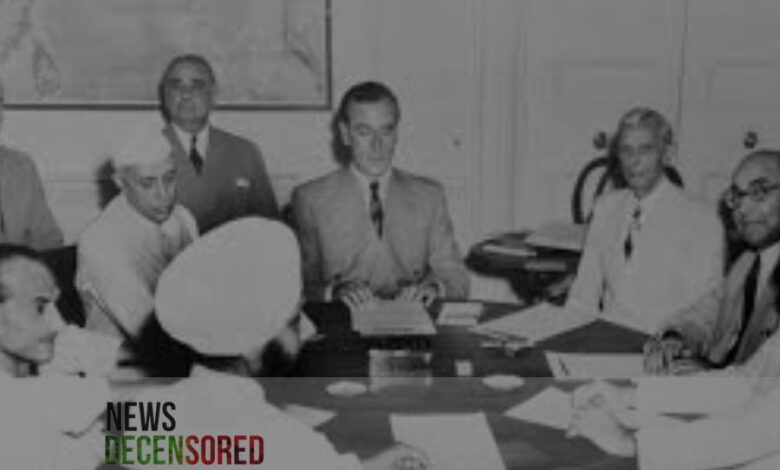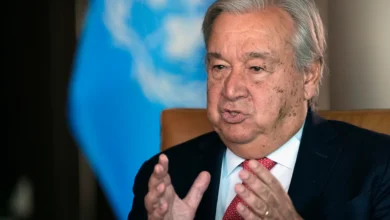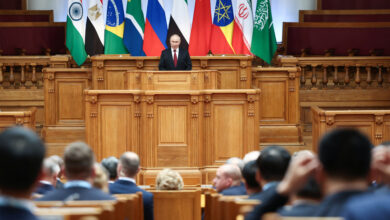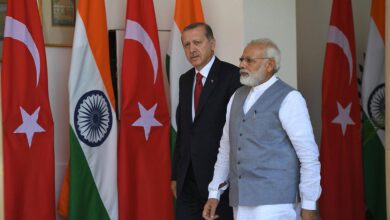Founding Hope: Bangladesh’s First Interim Government Emerges Amidst Cooperation with India

After five days on horseback and on foot, on the evening of March 31, 1971, Awami League leader Tajuddin Ahmed and Amirul Islam were sitting by a bridge near the Indian border. Both were barefoot. One of his messengers had gone to establish contact across the border. As darkness fell, they heard the sound of shoes.
In no time, a small group of armed soldiers was in front of them. They were led by Golok Majumdar, a senior officer of the Border Security Force. Tajuddin handed him a list of Awami League leaders and members of the National Assembly.
On March 30 and 31 at noon in the night, Border Security Force Director General KF Rustumji arrived in Calcutta from Delhi to meet Tajuddin Ahmed. Golok Majumdar welcomed them and brought them to a jeep parked outside the airport where Tajuddin Ahmed was sitting.
In his book The British, Bandits, and the Borderman, Rustomji writes that we brought Tajuddin Ahmed and Amirul Islam with us to Assam House. I gave them my kurta pyjamas. They both told us what happened in East Pakistan for the next two days. On April 1, Tajuddin and Islam were brought to Delhi in an old military plane.
Tajuddin Ahmed’s meeting with Indira Gandhi
In the evening of April, Tajuddin Ahmed was taken to meet Indian Prime Minister Indira Gandhi in her office. Manish Ghosh, who recently wrote the book ‘Bangladesh War Report from Ground Zero, explains that ‘Indira Gandhi asked Tajuddin Ahmed if he was thinking of forming a government in exile as soon as possible.
Bangladesh government already exists,” said Tajuddin Ahmed. But Indira Gandhi argued that no one knew about this government and that to create international acceptance, it was necessary to swear in the government in front of the eyes of the global media, and that too in an area of East Pakistan that had been freed by independence.
Consensus on the name of the country and the national anthem
A presidential system was chosen for the interim government of Bangladesh. The question arose: What should be the name of East Pakistan after independence? KF Rustomji writes: Someone suggested the name East Bengal, but no consensus could be reached on a name. Finally, Tajuddin Ahmad suggested the name ‘Bangladesh,’ which was immediately agreed upon by all.
Oath-taking ceremony
The foreign journalists were told they would be taken to an undisclosed location for a unique story. Sixty cars were needed to transport around 200 journalists to the swearing-in ceremony. Rustomji wanted to use a smaller number of official vehicles for this purpose as it would have reduced the chances of the mission remaining secret.
The ministers were given houses to live in Calcutta.
After taking the oath, all the ministers returned to Calcutta at 6.30 pm. The ministers and their families were given houses to live in different places in Calcutta. Chandrasekhar Dasgupta writes in his book, India and the Bangladesh Liberation War that Tajuddin only stayed in his office in a separate room from his family and was always seen working. Justice Abu Saeed Choudhary was made the special envoy of the Mujeebnagar government and was responsible for seeking international aid for Bangladesh’s freedom struggle.




